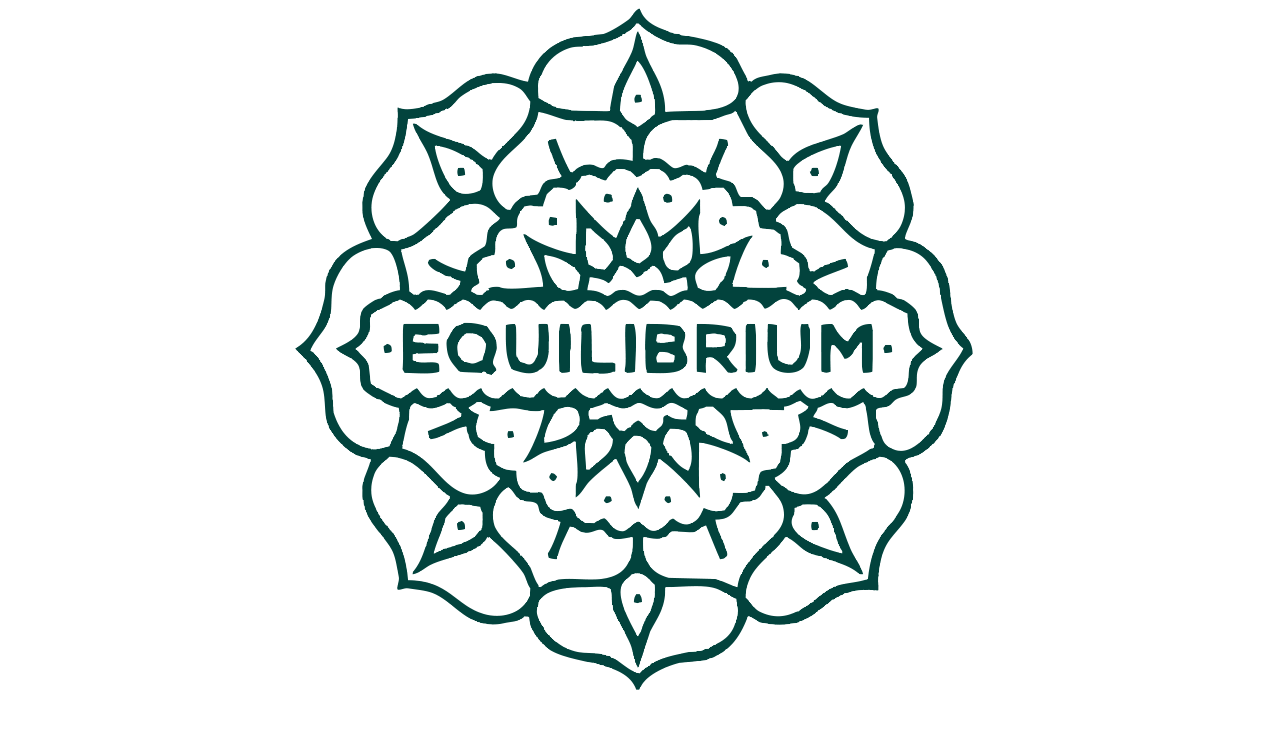Experience Equanimity: Understanding Balance in Your Practice
In yoga, balance is more than just standing on one leg. We seek to create harmony between effort and ease, movement and stillness, doing and being. Many of us live in a world that celebrates the yang side of life: busy schedules, high energy, constant striving, the bigger the better. But what happens when we pause, soften, and allow the yin qualities of stillness and surrender to take up space? Finding this balance on the mat goes beyond the mere physical, and helps support your nervous system, hormones, and overall energy balance.
In traditional Chinese philosophy, yang represents the active, warming, and dynamic forces of life, while yin embodies the cool, receptive, and restorative aspects. Both are essential, and neither can exist without the other. In yoga, there is a similar energetic concept of pingala nadi and ida nadi, balancing these twin forces in our nadi shodhana pranayama, or alternate nostril breathing. When applied to yoga, yang practices like Vinyasa or strength-based movement cultivate stamina, heat, and focus. Yin yoga, on the other hand, invites depth, stillness, and release. Understanding the difference between yin and yang helps us recognise that balance can look different for each person on each day, and that we must focus on tuning in to what we need at any given moment.
Our nervous system thrives on rhythm and contrast. Too much yang (think high-intensity workouts, long work hours, or constant mental stimulation) keeps us stuck in “fight or flight.” Introducing yin practices helps shift the body into “rest and digest,” activating the parasympathetic nervous system. Gentle postures, supported shapes, and slow breathing regulate cortisol levels, steady the heart rate, and create a sense of safety in the body. This is why a truly balanced yoga practice includes both: the vitality of yang to build resilience, and the softness of yin to restore it.
Just as the nervous system responds to the ebb and flow of activity and rest, so too do our hormones. A balanced yoga practice supports endocrine health by preventing the burnout that often comes from living in a perpetual yang state. Practices like Yin yoga and even Balance Flow help recalibrate hormonal rhythms, supporting deeper sleep, digestion, and emotional steadiness. Meanwhile, yang inspired movement in our Living Movement, Equanimity Flow, and Evolve Flow classes boosts circulation and metabolism, enhancing energy and mood. When we alternate between strength and softness, we create harmony within the body’s internal landscape.
True balance begins with awareness. Some days, the body craves the energising pulse of movement; other days, it needs quiet and stillness. Yoga gives us the tools to listen, feeling into the fluctuations in breath, mood, and tension, and responding with exactly what we need The magic lies not in perfect symmetry, but in sensitivity: knowing when to push and when to pause. We learn that balance is not pure stillness, but a constant state of flux, and over time, this attunement extends beyond the mat, guiding how we approach work, rest, and relationships with more mindfulness.
Your practice doesn’t have to be one or the other. It can, and should, be both; a living dialogue between yin and yang, softness and strength. If you know that you lean towards one or the other, why not challenge yourself to find balance and attend classes that help support the opposite? If you’re a regular Yin-goer, try flowing with us. If you only attend Equanimity, a Yin yoga class might expand your boundaries. Remind yourself that balance isn’t something we achieve once, but something we continually nurture.
